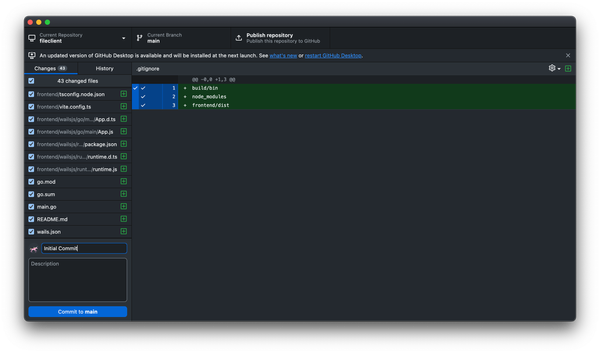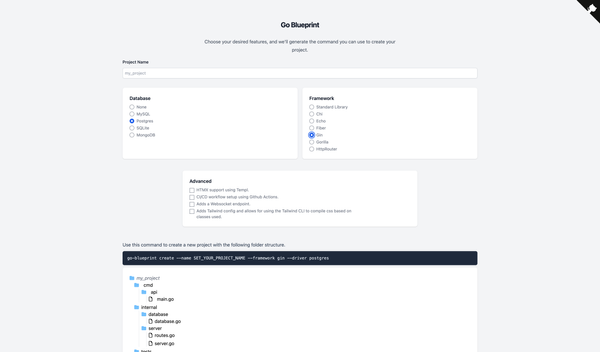The Ultimate Guide to API Design: Best Practices for Modern Developers
The Ultimate Guide to API Design: Best Practices for Modern Developers
In today's interconnected digital landscape, APIs (Application Programming Interfaces) are the backbone of modern software development. Whether you're building internal services, third-party integrations, or public platforms, understanding how to design robust, scalable, and developer-friendly APIs is crucial.
Why API Design Matters
Well-designed APIs enhance developer experience, reduce integration time, and ensure long-term maintainability. Poorly designed APIs can lead to confusion, increased development time, and even project failures.
Core Principles of API Design
1. RESTful Design
REST (Representational State Transfer) is the most widely adopted architectural style for web APIs. It emphasizes:
- Stateless interactions
- Use of standard HTTP methods (GET, POST, PUT, DELETE)
- Resource-based URLs
2. Consistency
Maintain consistency in:
- Naming conventions (e.g., camelCase or snake_case)
- Response formats
- Error handling
3. Versioning
Implement versioning to ensure backward compatibility as your API evolves:
- URL versioning (e.g., /api/v1/users)
- Header-based versioning
4. Security
Implement security best practices:
- Authentication (OAuth 2.0, API keys)
- Rate limiting
- Data encryption (HTTPS)
Practical API Design Tips
Here are some actionable tips for designing better APIs:
- Use meaningful HTTP status codes: Return 200 for success, 404 for not found, and 500 for server errors.
- Implement proper error responses: Include error codes, messages, and optional details for debugging.
- Support pagination: For large datasets, implement limit and offset parameters.
- Use content negotiation: Support multiple response formats (JSON, XML).
Popular API Design Patterns
Several design patterns are commonly used:
- Resource-based: Represent entities as resources (e.g., /users/{id})
- Operation-based: Use actions as endpoints (e.g., /users/create)
- Hybrid: Combine elements of both approaches where appropriate
Tools and Frameworks
Popular tools for API design include:
- Swagger/OpenAPI: For documenting and testing APIs
- Postman: For API development and testing
- GraphQL: A query language for APIs that provides more flexibility than REST
Conclusion
API design is a critical skill for modern developers. By following best practices, prioritizing consistency, and focusing on developer experience, you can build APIs that are not only functional but also enjoyable to use. Remember: the best APIs are those that make developers feel like they're working with a well-documented, intuitive tool—just like the ones they already know and love.


